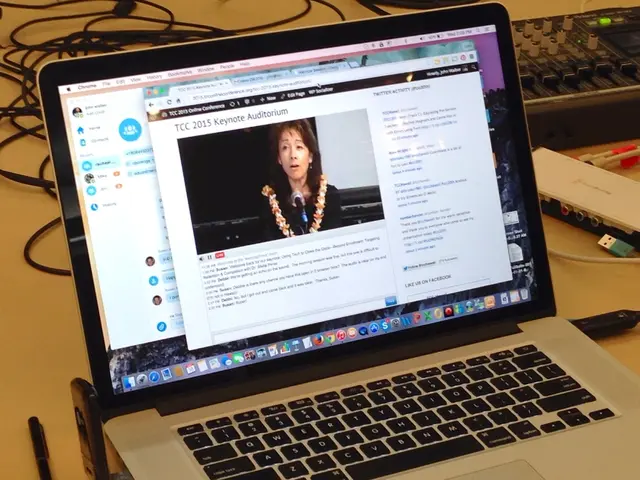Experimenting with Prototyping in Design Thinking: A Beginner's Guide
In the realm of design, prototyping has emerged as a crucial tool in creating human-centered solutions that meet user needs effectively. Prototypes serve as experimental models that enable designers to test assumptions, validate ideas, and refine designs before committing significant resources.
Prototypes can take various forms, from simple sketches to role-playing scenarios, as long as they make ideas tangible and testable. They simulate user interactions, allowing designers to observe how real users engage with the design and identify pain points or usability issues.
One of the primary advantages of prototyping is its ability to gather direct user feedback. This feedback can challenge or confirm initial hypotheses about user needs, preferences, and behaviors, providing valuable insights for refining the design. Prototyping also uncovers design flaws early, including ergonomic, aesthetic, or functional problems, which are far less costly to fix during the prototyping phase than after full-scale production.
The iterative process of prototyping enables designers to refine their work based on testing results and user insights, leading to more effective and innovative solutions tailored to actual user requirements. This process acts as a bridge between abstract ideas and real-world user experiences, ensuring that the design solutions are genuinely human-centered and effective in meeting user needs.
Moreover, prototypes can be used as a form of research even before other phases in Design Thinking. They bring conceptual or theoretical ideas to life and explore their real-world impact before final execution. This approach optimizes development costs, reduces the risk of product failure, and leads to products that resonate better with their intended users.
Prototyping is not just a tool for design teams; it is a mindset that encourages a bias towards action. The Institute of Design at Stanford, for instance, emphasizes having a bias towards action, investigating each assumption through active testing to avoid analysis paralysis. This approach is instrumental in creating human-centered design solutions by testing assumptions and exploring ideas before too many resources are used.
Prototypes can also be used to engage with end users or stakeholders, revealing deeper insights and more valuable experiences to inform design decisions going forward. They can even be used to sell new ideas, motivate buy-in from internal or external stakeholders, or inspire markets toward radical new ways of thinking and doing.
In conclusion, prototyping plays a pivotal role in the human-centered design process. By enabling designers to validate assumptions about users and their needs early on, prototyping reduces risks and improves the final product's alignment with user expectations. As such, prototyping is a vital tool for successful product development in today's design-driven world.
- Design thinking takes a significant step forward with the inclusion of hands-on prototyping, enabling designers to simulate user interactions and validate ideas in a tangible form.
- The use of prototypes in user experience design helps foster a lifestyle of continuous learning and innovation, as it encourages gathering direct user feedback and iterating based on testing results.
- In the realms of education-and-self-development and interaction design, prototyping fosters a bias towards action, enabling designers to test assumptions and explore ideas before committing extensive resources.
- Leveraging technology for hands-on prototyping in ui design not only optimizes development costs but also helps create products that resonate with users and push the boundaries of lifestyle and technology in the design-driven world.

![Top-Ranked Business Credit Cards for Veterinarians [Year 2025]](/en/content/images/size/w640/format/webp/20250921144002_best-business-credit-cards.jpeg)


